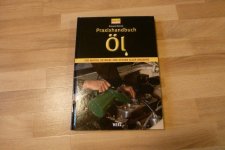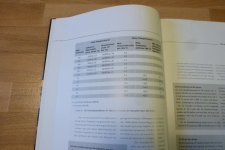OVERKILL
$100 Site Donor 2021
Well, if we look at straight-up PAO base oils, we can see this data because Mobil is generally very generous with what they give us:The SAE J300 max specified Pumpability Viscosity at 60,000 cP is huge compared to the Cold Cranking Viscosity max viscosity. But one has to ask if the dynamic viscosity measured is a function of the machine(s) used to make the measurements. In other words, is 7,000 cP measured at -25C in a CCS machine really going to measure at the same 7,000 cP at -25C in an MRV machine? The resulting dynamic viscosity measurement could be test machine dependent to some degree.
As Overkill pointed out, pretty much every time the CCS Viscosity spec will end up defining the W Grade that the oil falls in to. If the engine starts, the oil better be "pumpable" ... so seems CCS becomes the limitiing factor because of this reason. As mentioned above, the W grades are more narrow then they seem to appear because it's the narrow band of only a 5 deg C difference in oil temperature that becomes the main defining parameter of what W grade the oil falls in to.
So, we have THREE different viscosity measurements for this 8cSt (SAE 20) base oil at -40C:
- Kinematic: 19,000cSt
- Brookfield: 17,590cP
- MRV: 16,200cP
CCS visc is only presented at 5W-xx (-30C) because it clearly doesn't meet the threshold for 0W-xx. You have to step down to SpectraSyn 5 or SpectraSyn Plus 6 for Mobil to provide CCS at -35C:


